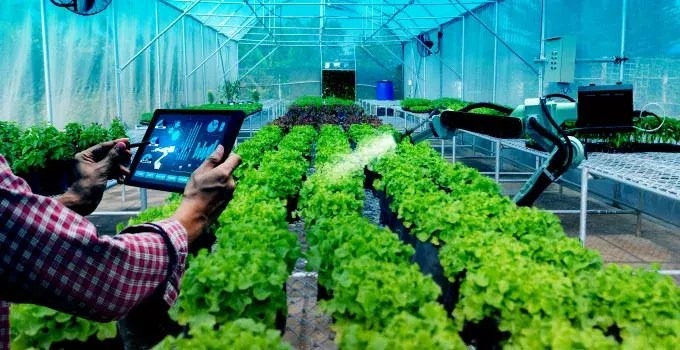Switching from manual processes to digital tools is a big step. But when done right, the shift makes nursery operations faster, more organized, and easier to scale. Good systems help track plant movement, plan production, manage orders, and keep inventory accurate.
This guide breaks down the process of implementing nursery management software in clear, simple steps. It’s useful for growers, managers, and staff who want a better way to run their nursery.
Step 1: Set clear goals for the software
Start by asking one question: What do you need the software to fix or improve?
Common goals include:
- Reducing lost inventory
- Improving order accuracy
- Tracking plant movement across zones
- Planning production based on sales
- Speeding up packing and shipping
The key here is to be as specific as possible. If your team misses orders during peak season, make that a goal. If your inventory is always off by 10%, make that a goal too.
Clear goals help you pick the right plant nursery management software and get your team focused from the start.
Step 2: Choose software built for plant production
Not all software fits greenhouses or nurseries. You need tools built for how growers work. That includes features like:
- Real-time inventory tracking
- Plant movement logs
- Batch and lot controls
- Barcode scanning
- Production planning tools
The best nursery management software connects inventory, sales, production, and shipping in one place. That means fewer spreadsheets, fewer mistakes, and less time wasted.
Look for tools that support mobile scanning, offer role-based access, and handle multiple zones or locations.
Step 3: Map out your current workflow
Before switching systems, review how your team works right now. Walk through a typical order from start to finish. Look at how you:
- Record new plant batches
- Track movement across zones
- Pull orders for shipping
- Update inventory after shipment
Write this down. Use it to compare how the new system will change your current steps. This helps identify gaps, duplicate tasks, or steps that can be removed.
It also gives the software team a clear view of how to set up the system to match your workflow.
Step 4: Train staff by role
Training is key. Don’t train everyone the same way. Focus on what each person needs to know to do their job.
For example:
- Growing staff should know how to scan plants, record movement, and update batch info
- Shipping staff should know how to pull orders, print labels, and record loads
- Managers should know how to run reports, set production targets, and track inventory levels
Keep it short, use simple steps, and practice with real tasks. Give cheat sheets or step-by-step guides for common actions.
Step 5: Start with a pilot group
Don’t switch everything all at once. Start with one part of your operation. For example, test the software in one greenhouse zone or with one type of plant.
Let a small group of trained staff use the system for a week or two, then track what works and what needs fixing. This lets you adjust before rolling it out to everyone. You can fix issues, update training, and improve your setup before it affects your whole nursery.
Rolling out plant nursery management software in stages keeps risk low and builds team confidence.
Step 6: Monitor and adjust
Once the system is live, check your original goals. Are order errors down? Is inventory more accurate? Are staff using the tools the right way? Make small changes as needed. Update workflows, fix training gaps, and add more zones or plant types as you go.
This ongoing review makes sure the nursery management software works for your business, not the other way around.
Step 7: Use reports to improve
The best part of going digital is access to real data. Reports show where things go right and where things break down.
Use this data to:
- Adjust planting schedules
- Spot waste early
- Track staff performance
- Improve delivery timelines
- Predict future demand
Over time, you’ll see patterns. You’ll know what plants sell fast, what trays get damaged often, and where time gets lost. This helps you make better decisions without guessing.
Final thoughts
Implementing plant nursery management software doesn’t need to be hard. With a clear plan, solid training, and small steps, growers can switch from outdated systems to smart, connected tools.
The result: fewer mistakes, faster operations, and better control over your nursery. The software does the tracking, so you can focus on growing.

